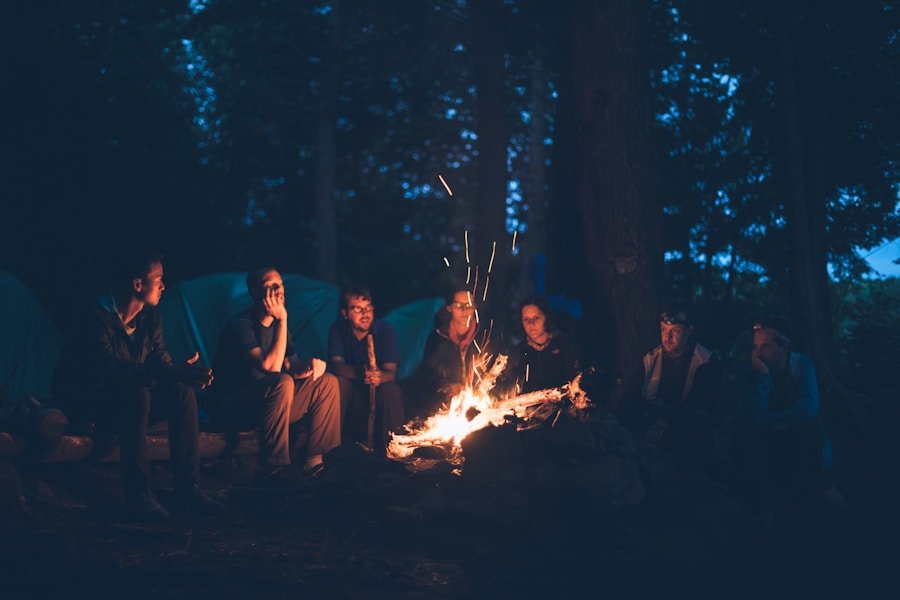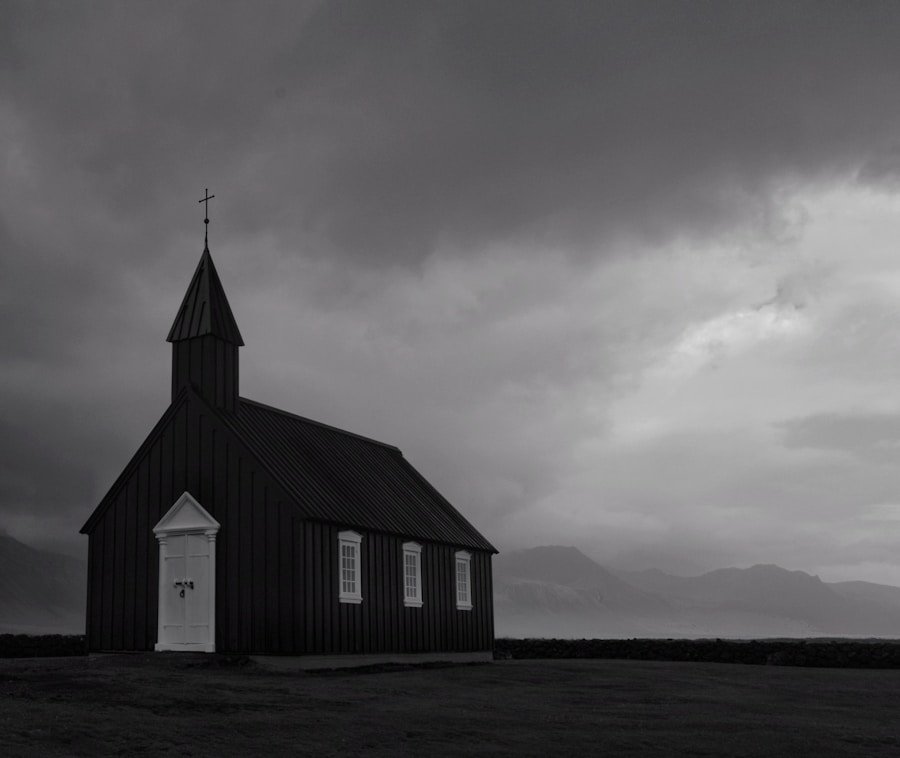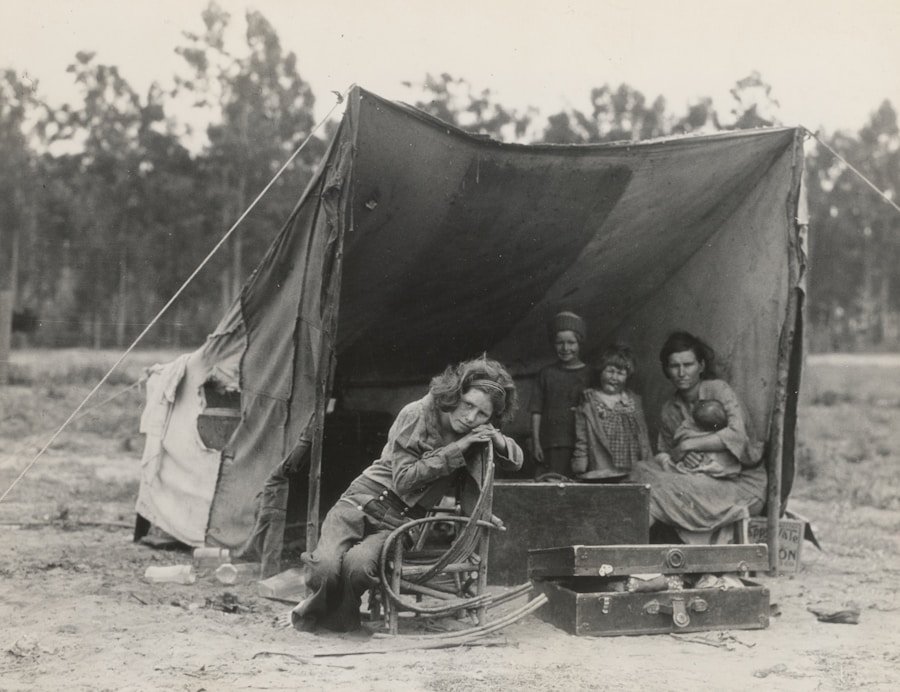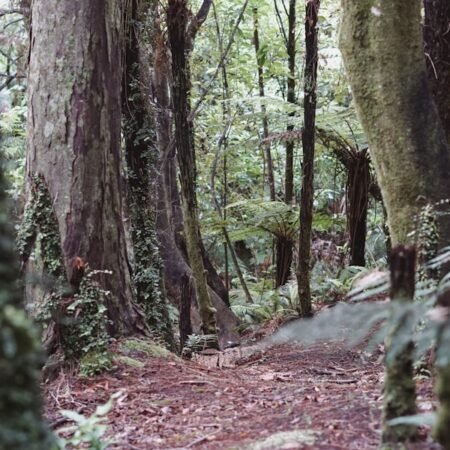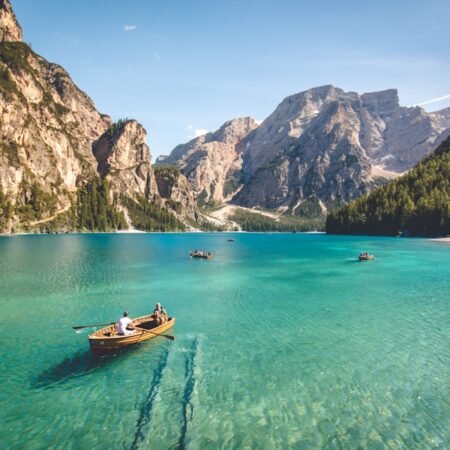When it comes to ensuring safety while camping with kids, the first step is to carefully choose a safe camping location. Look for campgrounds that are family-friendly and have a good reputation for safety. Research the area to make sure there are no recent reports of dangerous wildlife or hazardous conditions.
It’s also important to consider the accessibility of emergency services in case of an unforeseen event. Additionally, choose a campsite that is away from bodies of water and steep cliffs to minimize the risk of accidents. By taking the time to select a safe camping location, you can set the stage for a worry-free outdoor adventure with your children.
When it comes to choosing a safe camping location, it’s important to consider the specific needs of your family. Look for campgrounds that offer amenities such as playgrounds, ranger-led programs, and easy access to restrooms and drinking water. Additionally, consider the proximity of the campsite to hiking trails and other outdoor activities that are suitable for children.
It’s also a good idea to choose a location that is not too remote, as this can make it easier to access help in case of an emergency. By carefully considering the needs and preferences of your family, you can choose a safe camping location that will provide a fun and secure experience for everyone.
Key Takeaways
- Choose a camping location with easy access to help and away from potential hazards like cliffs or fast-moving water.
- Set up a secure campsite by keeping food and trash properly stored to avoid attracting wildlife.
- Teach children about wildlife safety, including how to identify and avoid dangerous animals.
- Supervise outdoor activities to ensure children are not wandering off or engaging in risky behavior.
- Pack essential safety gear such as first aid kit, emergency whistle, and extra clothing for changing weather conditions.
Setting up a secure campsite
Once you have chosen a safe camping location, the next step is to set up a secure campsite. When setting up your campsite, be sure to choose a level and clear area away from potential hazards such as dead trees, loose rocks, or ant hills. It’s also important to properly secure your tent and other camping equipment to prevent accidents caused by strong winds or unexpected weather conditions.
Additionally, be mindful of the placement of your campfire and cooking area to minimize the risk of burns or fires. By taking the time to set up a secure campsite, you can create a safe and comfortable environment for your family to enjoy the great outdoors. When setting up a secure campsite, it’s important to involve your children in the process.
Teach them how to properly pitch a tent, secure equipment, and identify potential hazards in the area. Encourage them to help gather firewood and set up the cooking area under your supervision. By involving your children in the setup process, you can teach them valuable outdoor skills while also ensuring that they are aware of their surroundings and potential dangers.
Additionally, take the time to establish clear boundaries for your campsite and teach your children about the importance of staying within these boundaries to ensure their safety. By involving your children in the setup process and teaching them about campsite safety, you can empower them to be active participants in creating a secure camping environment.
Teaching children about wildlife safety
When camping with kids, it’s important to teach them about wildlife safety to minimize the risk of encounters with potentially dangerous animals. Educate your children about the local wildlife in the area you will be camping in, including how to identify different species and their behaviors. Teach them about the importance of keeping a safe distance from wild animals and never approaching or feeding them.
Additionally, instruct your children on how to properly store food and dispose of waste to avoid attracting wildlife to your campsite. By teaching your children about wildlife safety, you can help them develop an understanding and respect for the natural world while also keeping them safe during your camping trip. In addition to teaching children about wildlife safety, it’s important to lead by example and demonstrate safe practices when it comes to interacting with wildlife.
Show your children how to observe animals from a distance using binoculars or a camera, and avoid making loud noises or sudden movements that could startle or provoke wildlife. Additionally, be sure to properly store all food and scented items in bear-proof containers or hung from a tree branch away from your campsite. By demonstrating safe practices and involving your children in these activities, you can instill in them a sense of responsibility and awareness when it comes to wildlife safety while camping.
Supervising outdoor activities
| Safety Measure | Description |
|---|---|
| Choose a safe location | Select a campsite with level ground, away from cliffs, water bodies, and potential hazards. |
| Supervise children at all times | Ensure that kids are always within sight and reach, especially near water or fire. |
| Teach fire safety | Instruct children on how to safely build, maintain, and extinguish a campfire. |
| Use insect repellent | Apply insect repellent to prevent bug bites and potential diseases. |
| First aid kit | Carry a well-stocked first aid kit and know how to use it in case of emergencies. |
When camping with kids, it’s important to supervise outdoor activities to ensure their safety at all times. Whether it’s hiking, swimming, or simply playing around the campsite, always keep a close eye on your children and be aware of their whereabouts. Establish clear boundaries for outdoor play and make sure your children understand where they are allowed to explore.
Additionally, teach your children about potential hazards such as poison ivy, steep drops, or unstable terrain, and instruct them on how to navigate these areas safely. By supervising outdoor activities and teaching your children about potential dangers, you can help prevent accidents and injuries during your camping trip. In addition to supervising outdoor activities, it’s important to encourage your children to participate in age-appropriate outdoor activities that are both fun and safe.
Consider planning nature scavenger hunts, nature walks, or simple games that will keep your children engaged while also allowing them to explore their surroundings in a controlled manner. By providing structured outdoor activities, you can ensure that your children are entertained while also minimizing the risk of accidents or getting lost. Additionally, take the time to teach your children about basic outdoor skills such as identifying edible plants, reading trail markers, and using a compass.
By involving your children in these activities under your supervision, you can help them develop valuable outdoor skills while also ensuring their safety during your camping trip.
Packing essential safety gear
When preparing for a camping trip with kids, it’s essential to pack essential safety gear to ensure their well-being during your outdoor adventure. Start by packing a well-stocked first aid kit that includes bandages, antiseptic wipes, pain relievers, insect repellent, and any necessary medications for your family members. Additionally, be sure to pack plenty of sunscreen and hats to protect your children from sunburn during outdoor activities.
It’s also important to pack plenty of water and healthy snacks to keep everyone hydrated and energized throughout the day. By packing essential safety gear, you can be prepared for any minor emergencies that may arise during your camping trip. In addition to packing essential safety gear, it’s important to equip your children with their own age-appropriate safety gear such as whistles, flashlights, and brightly colored clothing for visibility during outdoor activities.
Teach your children how to use these items in case they become separated from you or need help in an emergency situation. Additionally, consider packing a portable GPS device or a map and compass for older children who are capable of navigating their surroundings with supervision. By providing your children with their own safety gear and teaching them how to use it effectively, you can empower them to take an active role in ensuring their own safety while camping.
Creating a fire safety plan
When camping with kids, it’s crucial to create a fire safety plan to minimize the risk of accidents or injuries related to campfires. Start by teaching your children about fire safety rules such as never playing with matches or lighters and always staying a safe distance from the campfire. Show them how to properly build and maintain a campfire under your supervision and instruct them on how to safely extinguish it when not in use.
Additionally, establish clear rules for cooking over an open flame and teach your children about the potential dangers of hot coals or embers. By creating a fire safety plan and involving your children in these activities, you can ensure that they understand the importance of fire safety while camping. In addition to creating a fire safety plan, it’s important to equip your family with the necessary tools for fire prevention and management.
Pack a fire extinguisher or a bucket of water near the campfire area for quick access in case of an emergency. Teach your children how to use these tools effectively and instruct them on what steps to take in case of an accidental fire. Additionally, consider bringing along fire-resistant gloves for handling hot cookware or roasting sticks over the campfire.
By providing your family with the necessary tools for fire prevention and management, you can minimize the risk of accidents related to campfires while camping.
Planning for emergencies
Finally, when camping with kids, it’s essential to plan for emergencies in advance to ensure the safety and well-being of your family members. Start by familiarizing yourself with the nearest emergency services such as hospitals, ranger stations, or police stations in case of an unforeseen event. Additionally, make sure that everyone in your family knows how to contact emergency services using a cell phone or two-way radio if available.
It’s also important to establish clear communication protocols in case someone becomes lost or separated from the group during outdoor activities. By planning for emergencies in advance, you can be prepared for any unexpected situations that may arise during your camping trip. In addition to planning for emergencies, it’s important to teach your children basic survival skills such as building a shelter, finding clean water sources, and signaling for help using whistles or mirrors.
Practice these skills with your children under controlled conditions so that they feel confident in their ability to handle emergencies if necessary. Additionally, consider packing emergency supplies such as extra clothing, blankets, non-perishable food items, and a portable shelter in case you need to stay outdoors overnight due to unforeseen circumstances. By teaching your children basic survival skills and packing emergency supplies, you can ensure that they are prepared for any unexpected emergencies while camping.
In conclusion, ensuring safety while camping with kids requires careful planning and preparation in various aspects of the outdoor experience. From choosing a safe camping location and setting up a secure campsite to teaching children about wildlife safety and supervising outdoor activities, there are many steps that parents can take to ensure their family’s well-being during a camping trip. Packing essential safety gear, creating a fire safety plan, and planning for emergencies are also crucial components of ensuring safety while camping with kids.
By following these guidelines and involving children in these activities under supervision, parents can provide their families with a safe and enjoyable outdoor experience that will create lasting memories for years to come.
FAQs
What are some safety tips for camping with kids?
Some safety tips for camping with kids include teaching them about wildlife and plants, setting up a safe campsite, and ensuring they have proper clothing and gear.
How can I teach my kids about wildlife and plants while camping?
You can teach your kids about wildlife and plants while camping by pointing out different species, discussing their behaviors, and explaining which plants are safe to touch and which to avoid.
What should I consider when setting up a safe campsite with kids?
When setting up a safe campsite with kids, consider the location of the campfire, potential hazards such as cliffs or bodies of water, and the proximity to wildlife habitats.
What clothing and gear should my kids have for camping?
Your kids should have appropriate clothing for the weather, sturdy footwear, and gear such as flashlights, whistles, and first aid kits for safety while camping.
How can I ensure food safety while camping with kids?
To ensure food safety while camping with kids, store food properly, keep a clean campsite, and teach kids about the importance of washing their hands before eating.


